Filipinos risk forgetting about flood resilience
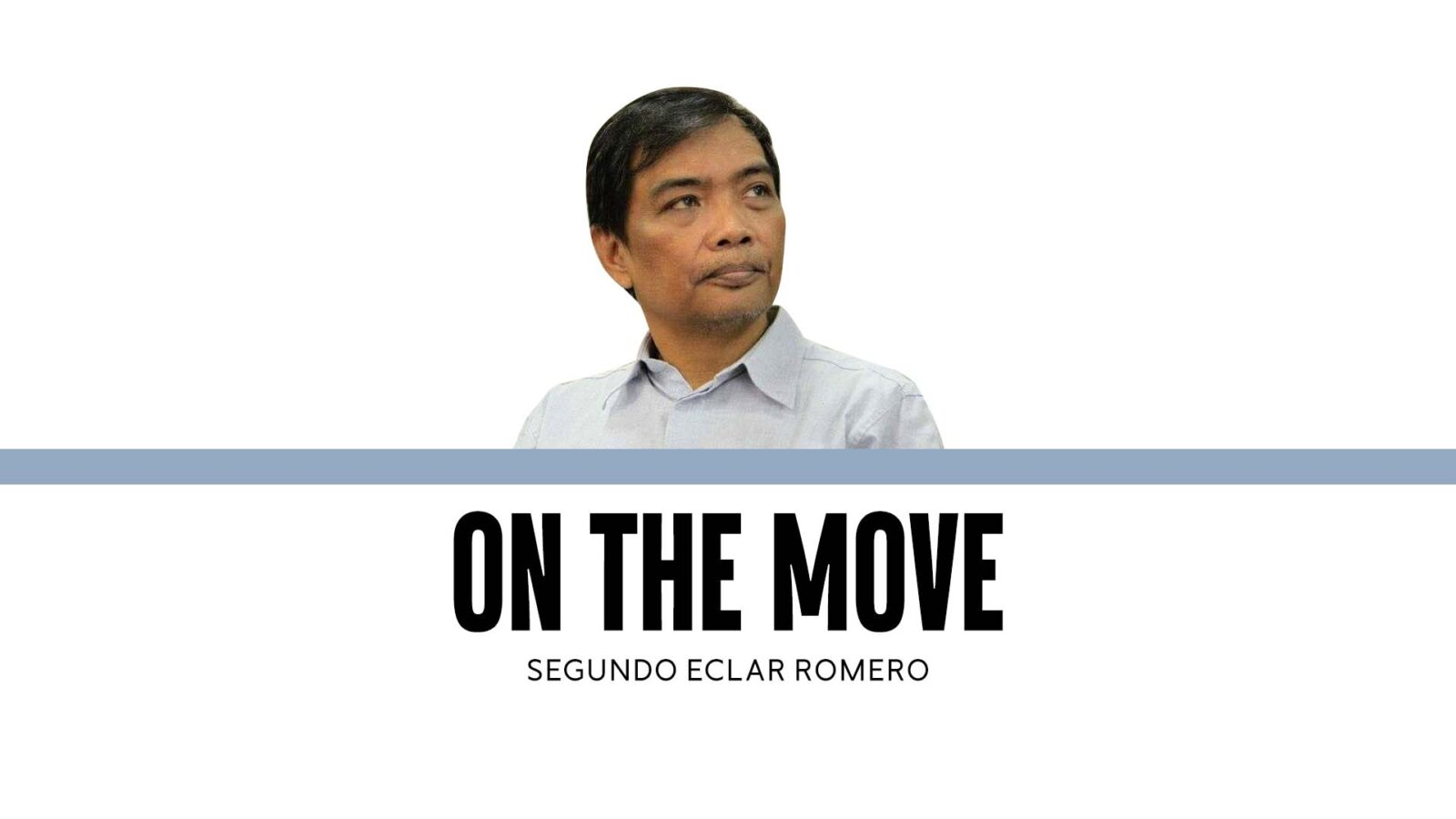
It is easy to see the floodwaters. But what’s harder to grasp is what we’re drowning in.
This year alone, the Philippines has again faced the brutal cycles of flooding, storm surges, landslides, and typhoons—each leaving a familiar trail: lost lives, wrecked homes, halted schooling, destroyed crops, disease outbreaks, broken roads, and ruined futures.
But there’s a deeper flood now—a moral and institutional deluge. The top branches of government are cracking under the weight of scandal. The executive, legislative, and judicial arms are now perceived by many not as saviors from disaster, but as syndicates of self-dealing and plunder. Even our fiscal watchdogs, tasked with guarding public funds, have been accused of complicity. It’s no surprise that public trust is hemorrhaging.
Against this backdrop, the country’s long-standing struggle for flood control and climate resilience seems to vanish into the background. Dikes, river dredging, slope protections—these were always expensive, often fragmented, and frequently ineffective. But at least they were tangible. Now, even these are paused, as outrage redirects our collective energy to governance failure, impunity, and the looming threat of civil disorder.
It’s tempting to think we can only deal with one crisis at a time. But this is a dangerous illusion. If we lose sight of the strategic, long-term solutions to our recurring flooding nightmare, we may trade today’s rage for tomorrow’s ruin.
From eight years of working with LGUs and communities in the flood-battered towns in Pampanga, Bulacan, and Tarlac, we at Future Earth Philippines have learned one powerful truth: resilience is not just about hardware—it’s about systems, culture, and commitment. Here are five long-view solution pathways that deserve renewed attention:
1. Establish a regional flood and drainage strategy and plan. Most flood interventions are patchwork at best, contradictory at worst. Dredging in one town is negated by garbage clogging canals in another. The absence of a regional, science-based, long-horizon plan wastes money and increases risk.
Such a strategy could unify fragmented efforts—from slope protection to resettlement—and create a framework that connects local knowledge, hazard data, and inter-municipal coordination. It’s not just technical—it’s political and moral. It tells citizens: we’re thinking beyond the next term.
2. Rehabilitate and govern watersheds as natural flood barriers. Floods don’t start in the streets. They start in the uplands, in denuded forests, in silt-heavy rivers, and in the loss of mangroves along the coast. The lahar scars of Mount Pinatubo still bleed into lowland towns.
Restoring watersheds requires scientific cooperation, local land-use reforms, and livelihood alternatives for upland dwellers. It delivers not only flood prevention but also biodiversity gains, climate adaptation, and rural jobs. It’s a strategy rooted in nature’s logic—not political cycles.
3. Resettle and transform flood-prone communities humanely. Many families live where no one should. But resettlement is often done without dignity or strategy—dumping people in far-flung, unlivable sites with no livelihood or infrastructure.
What we need are in-town or clustered resettlement models—consultative, connected, and climate-smart. These should be supported by real urban planning and services. Resettlement isn’t abandonment—it can be an act of collective courage.
4. Build citizen organizations and local response systems. People’s capacity to respond to disasters is often ignored. Yet in our fieldwork, barangay captains, youth groups, fisherfolk, and mothers consistently provided the most durable insights.
Citizen monitoring of environmental law enforcement, solid waste practices, and local planning not only improves outcomes—it fosters ownership and pressure for accountability. Resilience must stop being a top-down project and become a neighborhood ethic.
5. Cultivate public understanding and collective commitment. This may be the deepest reform of all. Most people do not understand why flooding persists—how ground subsidence, geophysical shifts, unregulated groundwater extraction, and policy incoherence make solutions elusive.
We need national campaigns, not just on evacuation or cleanup, but on understanding complex causes and on mobilizing multi-stakeholder commitment. If citizens and officials see the deeper roots, they’ll resist superficial fixes and demand durable change.
The danger today is not just that we delay action. It’s that in our fury at government failure, we abandon the pursuit of transformation altogether. That we forget that it’s not just the government that must act—but every sector, every discipline, every community. Let us remind ourselves and one another: when governance fails, citizen coalitions must rise. In the shadows of Pinatubo and the floodplains of history, we can still build higher ground—together.
—————-
doyromero@gmail.com


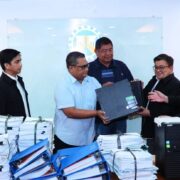


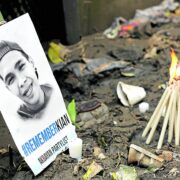


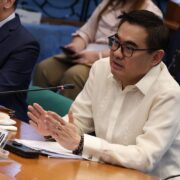






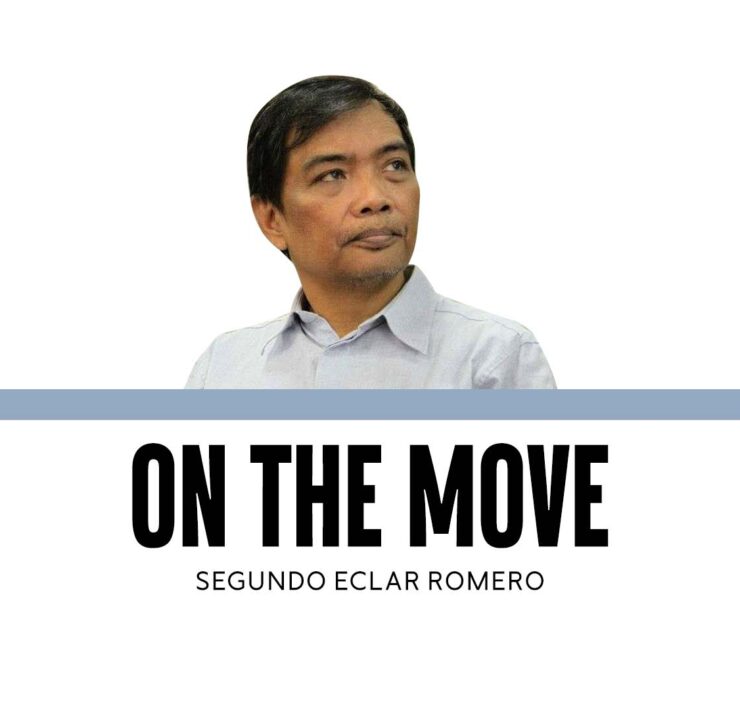


Abolishing unprogrammed appropriations